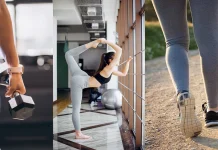You may feel the need to exercise constantly keep fit. But constant exercise can stress your body and you might end up feeling exhausted. This can be prevented an active recovery day. Active recoveries are not done to keep your body in shape, but rather to provide rest while providing health benefits to the body.
Passive vs Active Recovery
So what is the difference between Active or passive recovery? Passive recovery refers to a total rest day, when you won’t move a muscle with the intention of exercise. These types of days are meant when your body feels completely beaten down, exhaustion sets in or your resting heart rate is higher than normal.
Active recovery, on the other hand refers to the slow exercise in order to make the body move. This is the most effective type of exercise for those who are in constant movement. As slow the movements are, these types of recovery benefit your body in that it increases blood flow, mobility and flexibility and can help your body clear the build-up of lactic acid.
Most Effective Types of Active Recovery
Deloading
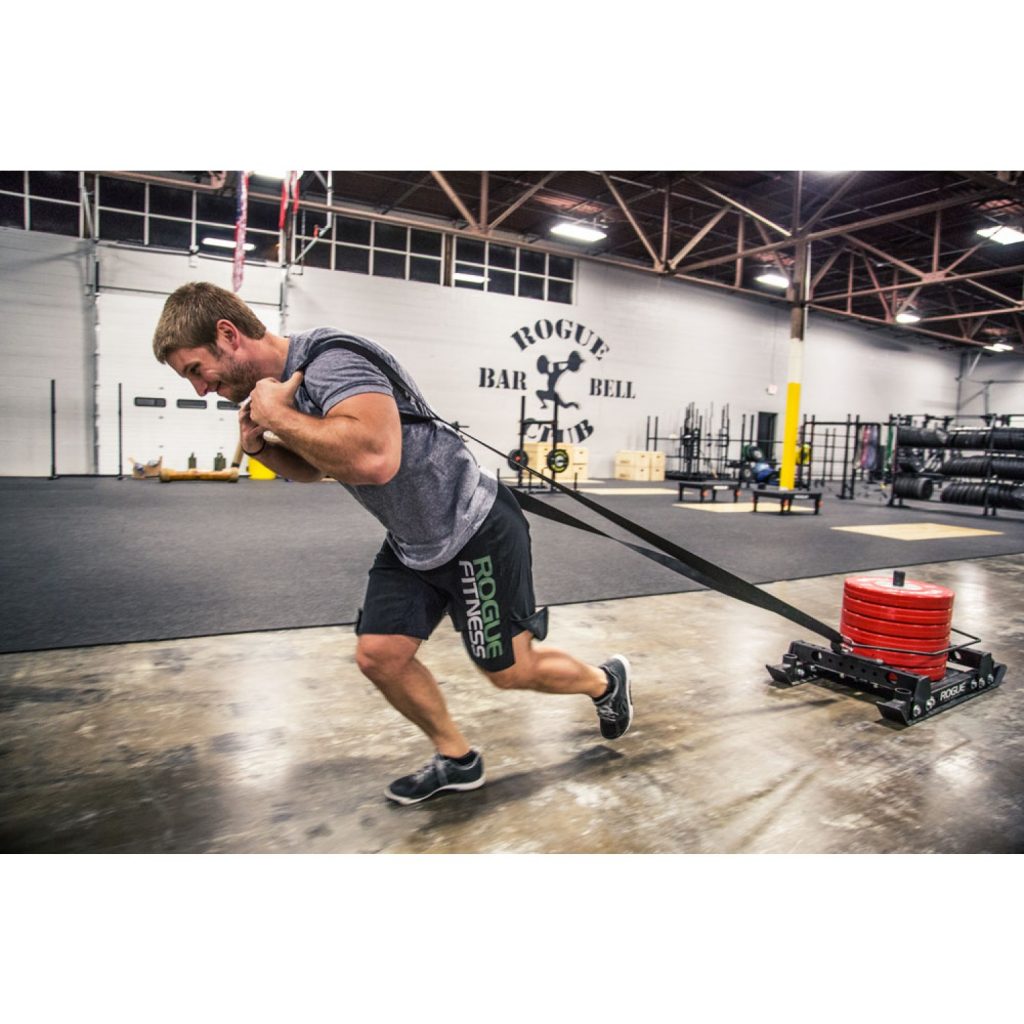 Working full time on your muscles may affect it negatively, for your muscles will be burdened, and increase the chances of injury. For that reason, it will be much better to move on active rest day although it will be at a much slower pace.
Working full time on your muscles may affect it negatively, for your muscles will be burdened, and increase the chances of injury. For that reason, it will be much better to move on active rest day although it will be at a much slower pace.
Deloading-lightweight strength training-will allow joints to rest from heavy loads. For those who regularly lift weights, deloading is a much better task in which it’s the same workout that you’d normally do but with much lighter weights and much lower reps and sets. Alternatively, you can use sled drags or pulls. Use the sled walk backwards or forwards. This will successfully, stimulate the recovery process in your legs. What’s important is that you keep the weight minimal and work on moving, however controlled it may be.
Hatha, Yin or Restorative Yoga
 Yoga is one of the best ways to rest and maintain activity at the same time. However not all yoga are appropriate, since some of it contain heavy amounts of core exercising done at aerobic speeds. The tree most suitable styles are therefore Hatha, Yin or Restorative Yoga.
Yoga is one of the best ways to rest and maintain activity at the same time. However not all yoga are appropriate, since some of it contain heavy amounts of core exercising done at aerobic speeds. The tree most suitable styles are therefore Hatha, Yin or Restorative Yoga.
Yoga promotes flexibility, muscle activation and reduced inflammation in a low-impact way, allowing the muscle to stay engaged in the middle of heavy exercise routines. Hard to reach muscles such as hips, posture and balance are some of the things that will be engaged with sessions of yoga and Pilates. This exercise should be done for a minimum of 30 minutes although ideally should be done for about 60 to 90 minutes for maximum results.
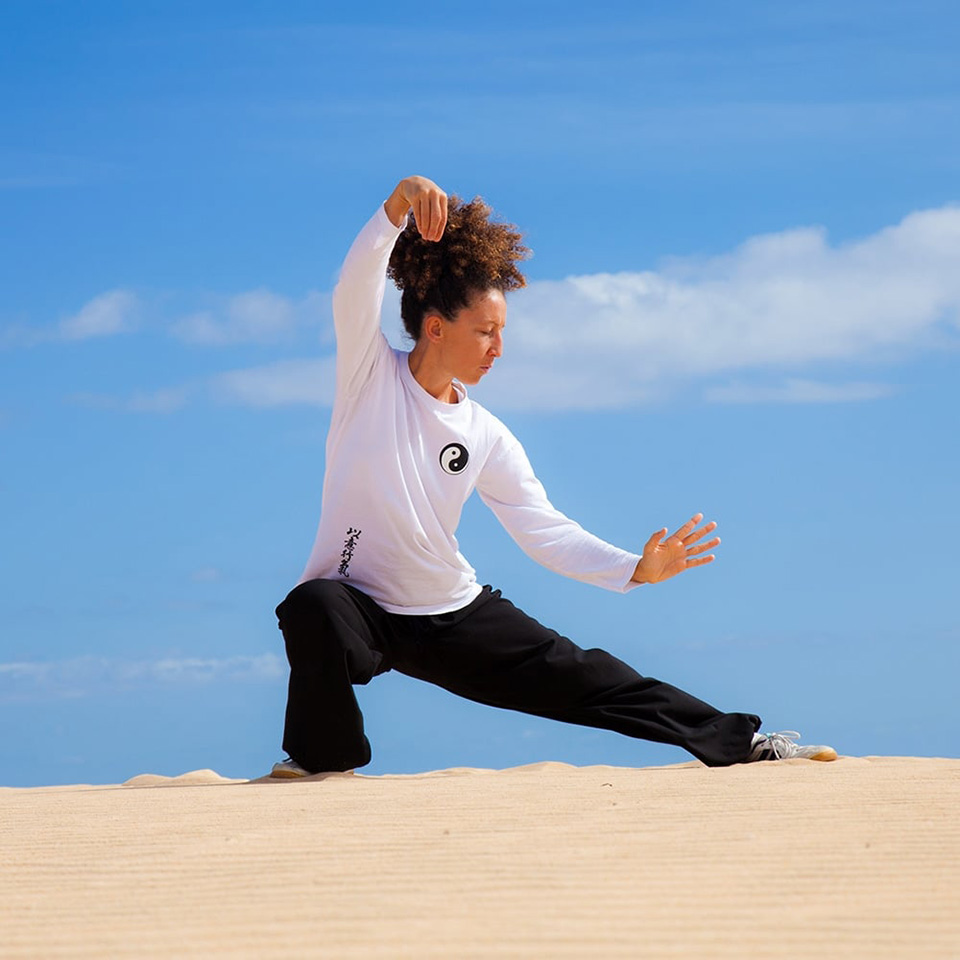
Although Tai chi is another form of martial arts, it’s slow movements are ideal for active recovery sessions. This form of martial arts is also great for building strength, balance, and total-body awareness. The slow movements are even beneficial to activate the parasympathetic nervous system, which helps with body calm down and recover from the stress of our intense workouts and daily lives. Research shows tai chi offers a host of aerobic fitness-boosting, pain-relieving benefits. People who practice Tai Chi are reported to experience reduced pain and stiffness on people with arthritis but also reaping meditative, stress-reducing benefits while at it.
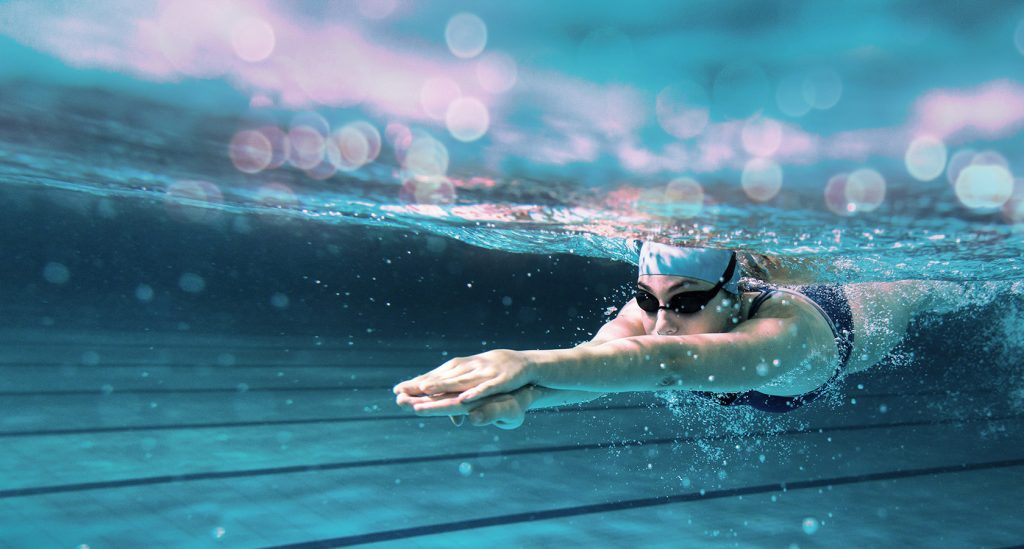 Other than yoga, swimming is the perfect recovery activity. The lack of stress and impact of being immersed in water allows the body to move and heal, even when muscles are sore and tired. As a result, your body will have increased circulation, stimulating healing.
Other than yoga, swimming is the perfect recovery activity. The lack of stress and impact of being immersed in water allows the body to move and heal, even when muscles are sore and tired. As a result, your body will have increased circulation, stimulating healing.
For maximum benefits, swim at an easy pace for 25 to 45 minutes to reap the full benefits. Try to do breaststroke and freestyle rather than butterfly as it causes large amount of stress to the body.
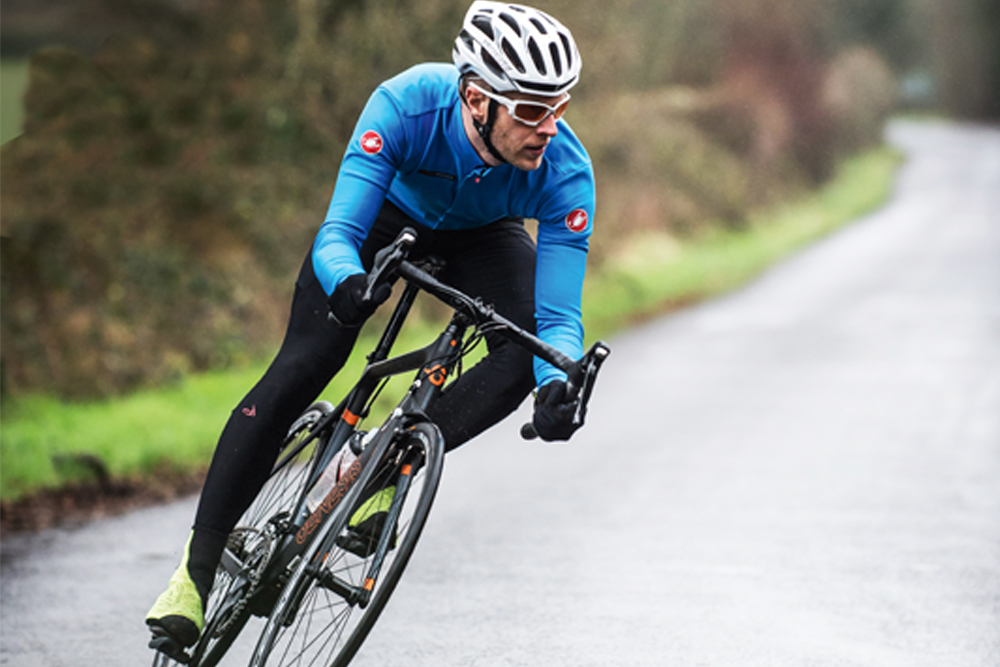
Another alternative for walking to go cycling. Doing that will definitely give you a different sensation while exercising. As long as the hills or roads aren’t too far, you would be able to exercise your body without causing stress on your joints. If you kept your intensity low, you can easily go from 30 minutes to two hours without even realizing it.
Walking
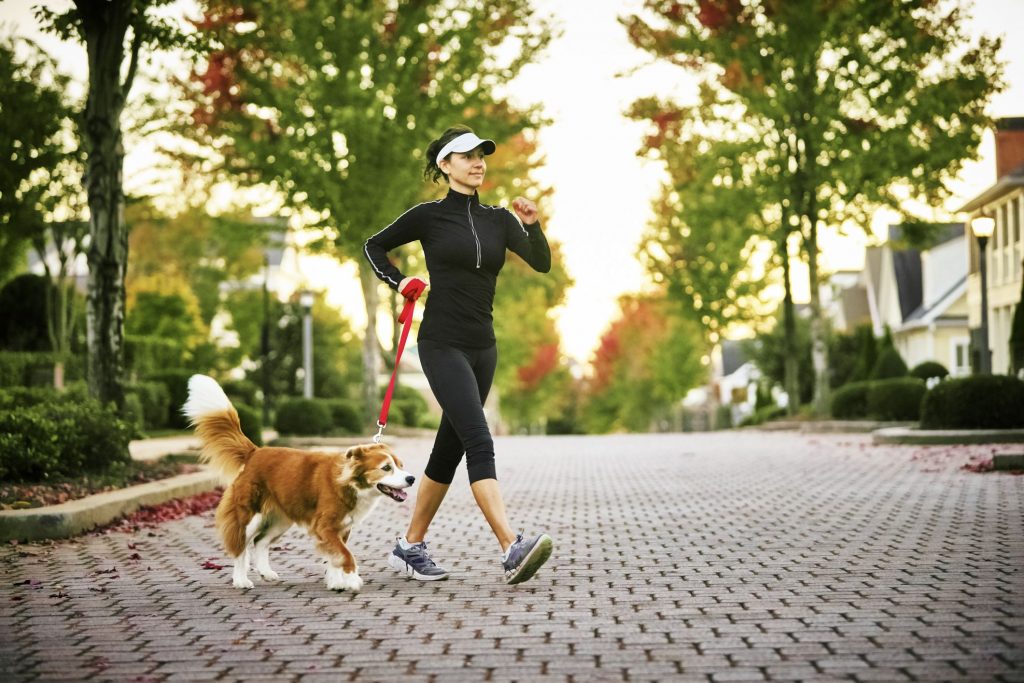
Walking or hiking is one of the most effective ways to perform active recovery. With just a brisk walk, you will be able to keep the blood flowing through your muscles. Choose beautiful locations with fresh air and you can reach the intended goal of 10, 000 steps without even feeling it. Make the walk feel lighter by grabbing a buddy to walk with.
In fact, a study has found that walking or hiking reduces rumination (having repetitive negative thoughts about oneself) and supports mental health.
Rollerblading
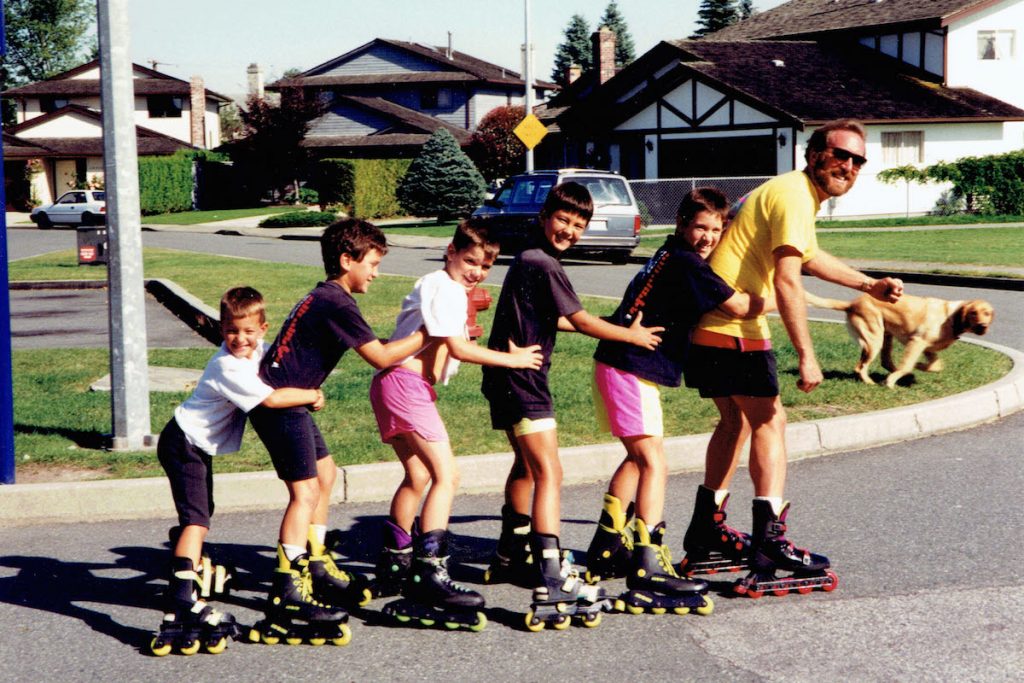
It may be a throwback, but rollerblading sure is fun till now! Why not take your rollerblading shoes for a spin at your active recovery? Rather than regular cardio, practicing your cardio on skates helps challenge your brain and motor skills in a different way, promotes blood flow and circulation, and improves heart health. The fact that it allows other muscles to work rather than the usual muscles your used to means that you can avoid overuse of certain muscles.
It’s understandable that you would want to improve your fitness. But forcing it to work too much result in exhaustion, breakdowns and even injury. Take a break from your harrowing fitness routines and do a rest day workout. Active recovery exercises will leave you refreshed and ready for the new day of exercising!
Which is your favorite active recovery exercise? Leave your answer in the comments section below.


